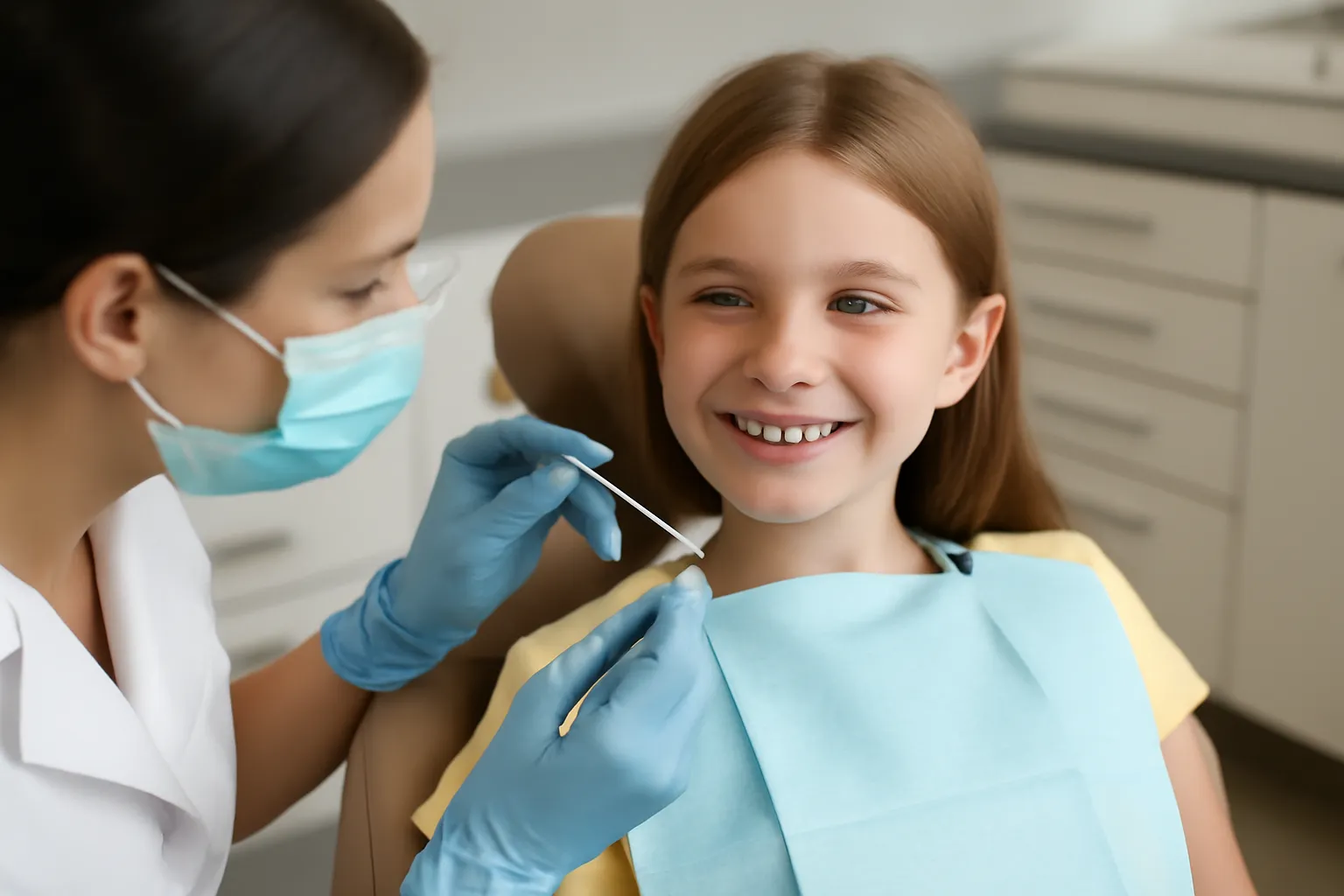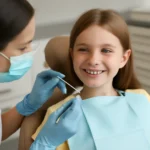Is your child in need of orthodontic treatment? Explore why early correction is essential, what options exist for elementary school students, and how much you can expect to pay for orthodontic care.
When it comes to orthodontic care, most people think of teenagers getting braces. However, the best time to address many dental issues is during the elementary school years. Early orthodontic treatment can prevent more serious problems from developing later in life. This article will explore the importance of orthodontics for elementary school students, the process of correction, and the costs involved.
Why Early Orthodontics is Essential for Elementary School Students
Orthodontic treatment isn’t just about aesthetics—it’s about overall oral health. Addressing problems with bite alignment, teeth crowding, or jaw development at a younger age can prevent serious complications in the future. For elementary school-aged children, this is often a crucial time to correct issues such as overbites, underbites, and misaligned teeth. Correcting these problems early can help ensure that adult teeth come in properly, which can reduce the need for more invasive treatment later.
Benefits of Early Intervention
-
Prevention of Serious Bite Problems Correcting bite issues like overbite or underbite can prevent significant pain or difficulty chewing as your child grows.
-
Improved Self-Esteem Having a straight smile can boost a child’s confidence, especially during social interactions and in school.
-
Better Oral Health in the Future Early orthodontics help avoid complications that may arise from misaligned teeth, such as gum disease, tooth decay, or even jaw surgery.
-
Easier Treatment Kids have more pliable bone structure, which means it’s easier to shift teeth and jaw positions compared to adults.
The Right Time to Begin Treatment
Most orthodontic specialists suggest that kids undergo a first evaluation around the age of 7, even if there aren’t immediate signs of problems. This allows the dentist to track any development issues before they become more difficult to treat. Early orthodontic treatment might involve things like expanders or retainers, which are designed to guide the growth of teeth and jaws.
How is Orthodontic Correction Done for Elementary School Students?
The process of orthodontic correction for younger children is generally less intensive than for older teens or adults. There are various treatment options available, depending on the issues identified during the evaluation. These treatments are designed to guide the growth of the teeth and jaw into a more ideal position.
Types of Treatments for Elementary School Students
-
Braces While braces are often thought of as something for teenagers, many younger children also benefit from them. Braces for kids typically use smaller brackets and are designed to address alignment issues early on.
-
Palatal Expanders These devices are used to widen the upper jaw to accommodate adult teeth. They’re typically used in children who have narrow palates.
-
Retainers After braces or other treatments, a retainer may be used to keep teeth in their new position. This is often used in children once most permanent teeth are in place.
-
Space Maintainers If a child loses a baby tooth prematurely, a space maintainer can prevent adjacent teeth from shifting into the space before permanent teeth come in.
Duration of Treatment
The length of time required for orthodontic correction varies depending on the severity of the issues and the treatment plan. For some children, braces or other treatments may be required for as little as one to two years. However, it’s important to note that early intervention may sometimes be followed by additional treatment when the child is older.
How to Prepare Your Child for Orthodontic Visits
It’s essential to ensure that children feel comfortable and confident about visiting the orthodontist. Here are a few tips:
-
Talk to Your Child About the Process Explaining the process in simple terms helps alleviate any fear or anxiety.
-
Choose the Right Orthodontist Look for an orthodontist who specializes in pediatric care and has a friendly and supportive approach.
-
Regular Check-Ups Ensure that your child has regular follow-up visits to monitor progress.
Understanding the Costs of Orthodontics for Elementary School Students
When considering orthodontic treatment for your child, one of the most important questions is the cost. The cost of orthodontics can vary widely based on the complexity of the issue and the type of treatment needed. Here’s a breakdown of the average costs:
Average Costs of Orthodontic Treatment for Children
-
Braces The cost of traditional metal braces can range from $3,000 to $7,000, depending on the location and complexity of the case.
-
Retainers Retainers typically cost between $200 and $1,000.
-
Palatal Expanders These devices can cost anywhere from $1,500 to $3,000.
-
Space Maintainers These are generally the least expensive treatment option, ranging from $500 to $1,500.
Factors Affecting Costs
-
Geographic Location Prices can vary significantly depending on where you live. Major cities tend to have higher costs.
-
Insurance Coverage Some dental insurance plans cover part of the cost of braces and orthodontic treatments for children. Be sure to check your plan to understand the coverage and potential out-of-pocket expenses.
-
Complexity of Treatment More complex issues, such as severe jaw misalignment, may require more extensive treatment and thus higher costs.
Payment Plans and Financial Assistance
Many orthodontists offer payment plans, making it easier for families to manage the cost of treatment. Some also work with financing companies to provide affordable monthly payment options. Additionally, some schools or dental clinics may have financial assistance programs for families with low income.
Conclusion
Early orthodontic treatment for elementary school students is an investment in your child’s future health and confidence. By addressing dental issues at a young age, you can prevent more severe problems down the road. Whether you’re considering braces, retainers, or other treatments, understanding the process, costs, and options available will help ensure that your child gets the care they need to achieve a beautiful, healthy smile. Remember, the right time to start is when you notice any signs of misalignment—early intervention truly does make a difference!






